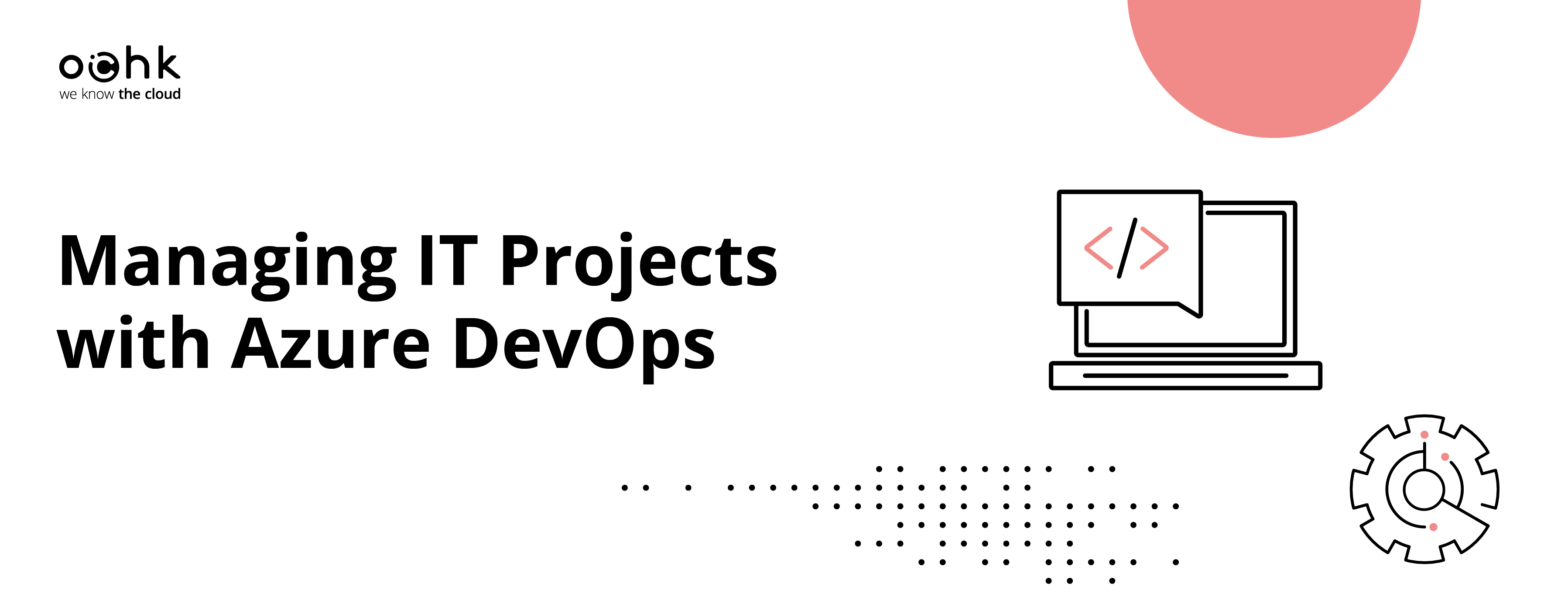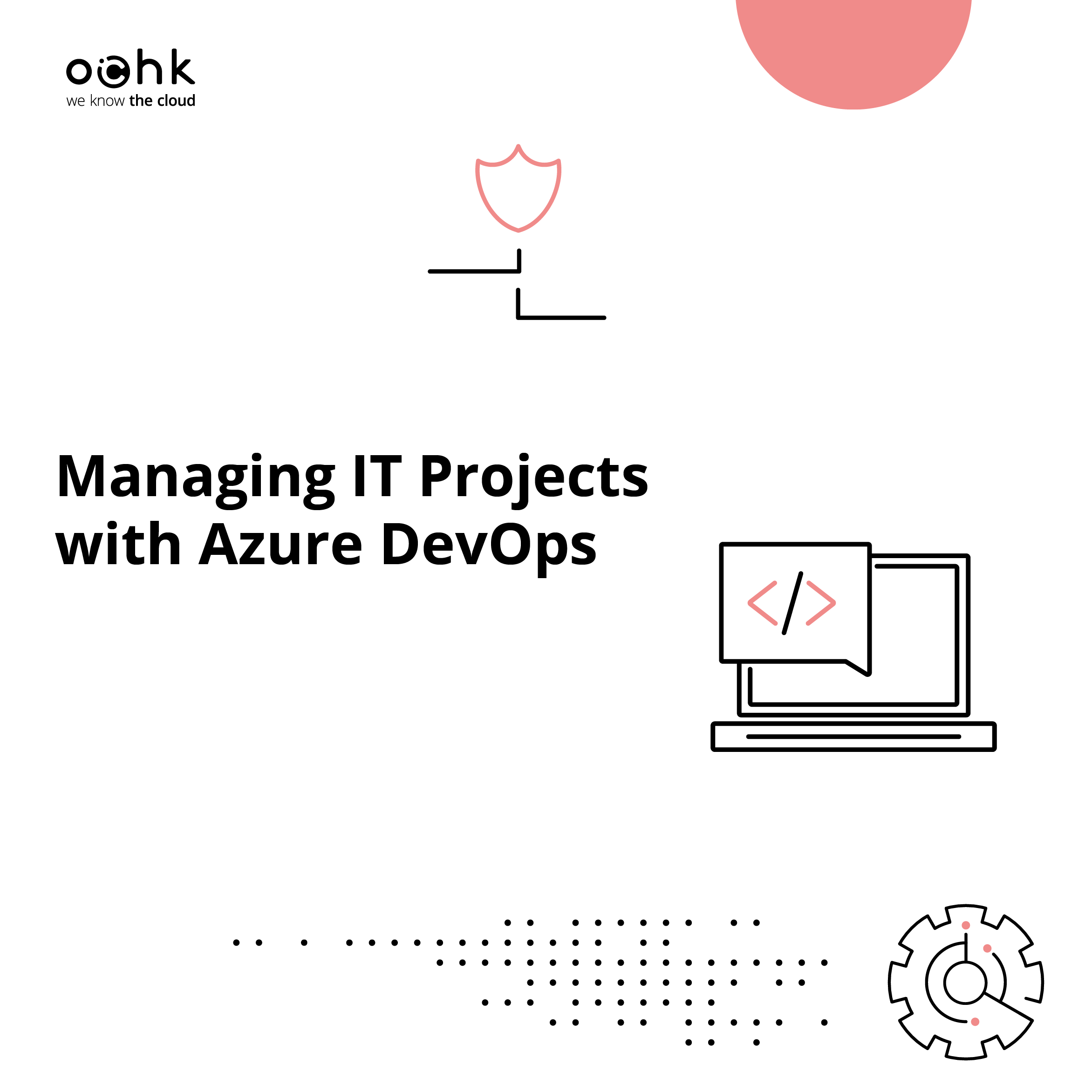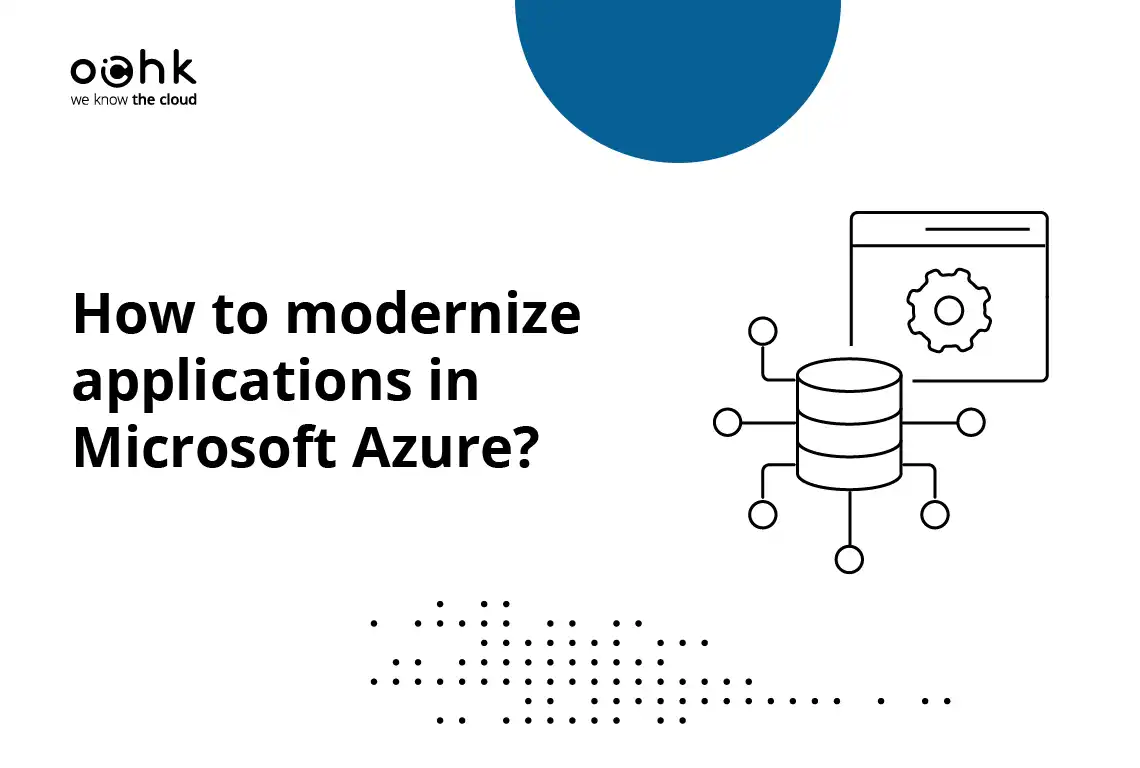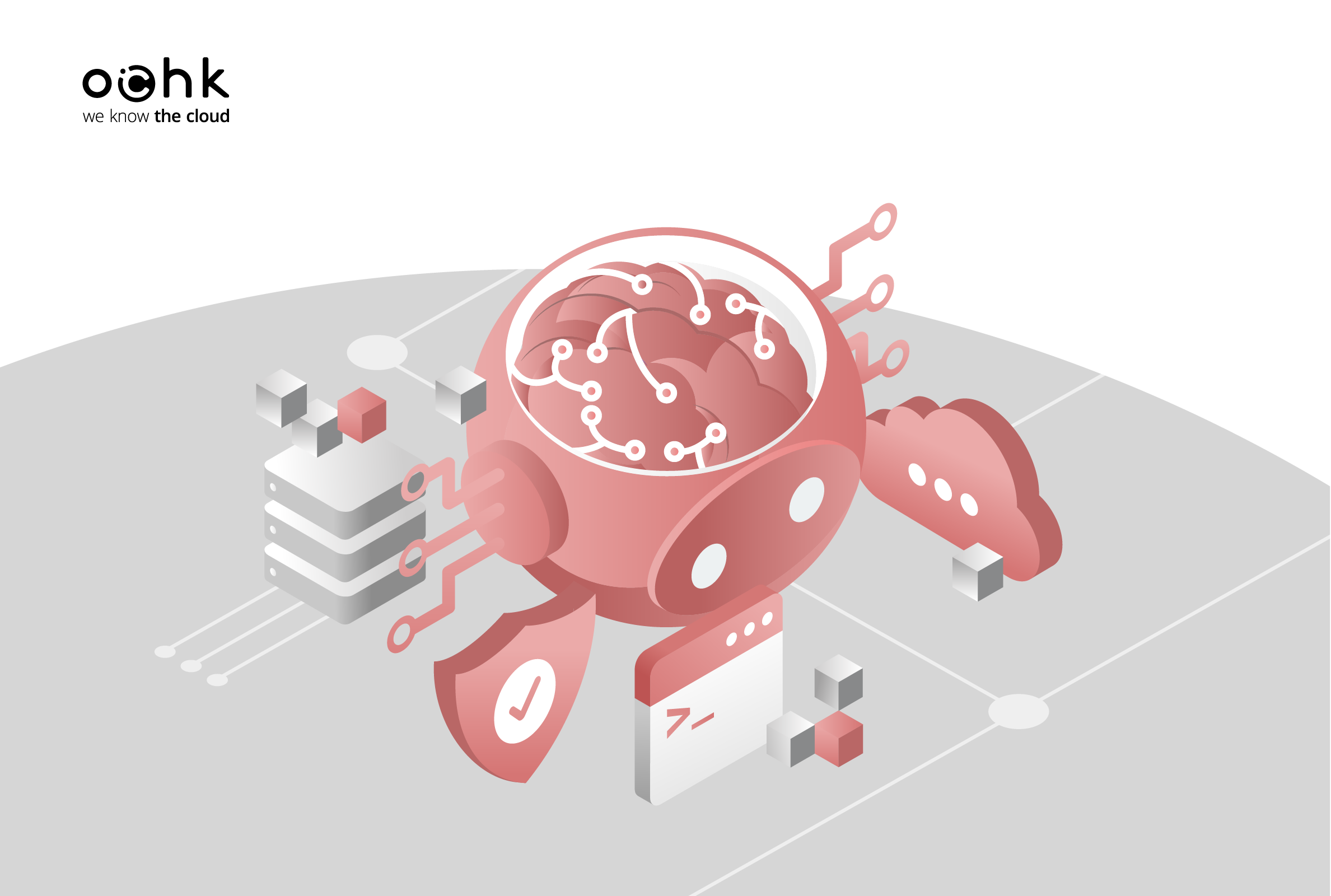Proper planning and choice of technologies are the key success factors for any IT project. Oftentimes, however, the former is inadvertently disrupted by the latter: the tools that were supposed to help and facilitate work, make it even more difficult. This leads to unforeseen obstacles, a lack of communication, and irregularities in the way tasks are performed, which consequently make the whole process much more difficult and affect the quality of the end result. DevOps solutions provided in the Microsoft Azure public cloud address these challenges by streamlining project work. How is that possible? Read on to find out.
What is DevOps?
DevOps is a set of practices implemented to ensure effective and seamless collaboration between project participants, eliminate information and organizational silos, and use the right tools to improve productivity.
The DevOps methodology connects people, tools, and processes according to certain principles, such as:
- building a culture where all team members are responsible for application performance in the production environment,
- close collaboration between development and operations teams, often by implementing a common working methodology such as Agile (Continuous collaboration),
- use of tools to automate code building, testing, and deployment processes,
- automatic and regular implementation of code changes into the production environment following all the testing stages (Continuous deployment) and then preparing them for delivery in a production environment (Continuous delivery),
- regular, automated merging of code changes into the main repository (Continuous integration),
- continuous monitoring of applications and infrastructure to quickly identify and resolve problems,
- regular reviews and improvements of processes and tools used in the software lifecycle (Continuous improvement), in order to ensure an adequate level of security, among others.
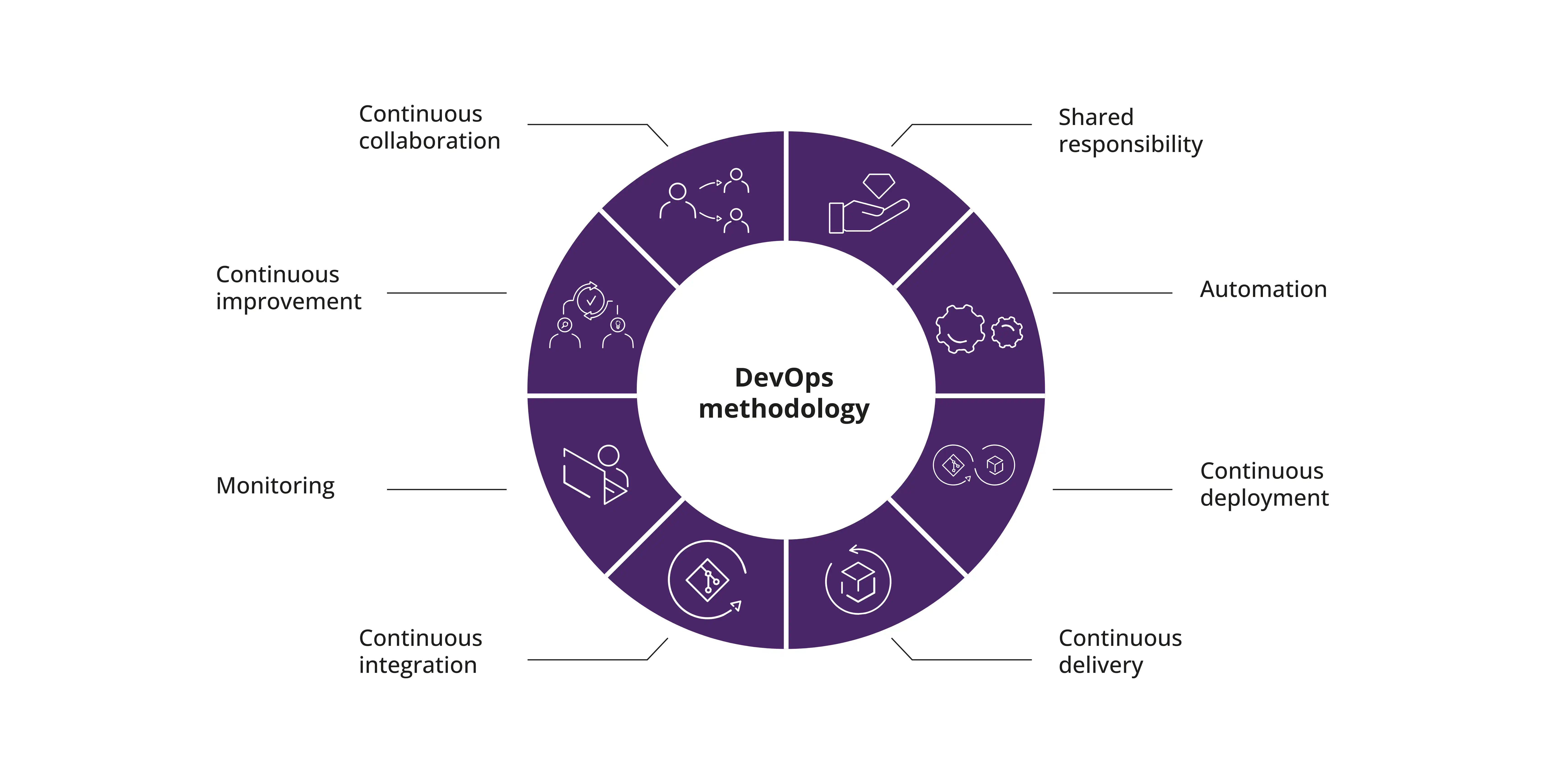 Pic. 1: DevOps methodology principles
Pic. 1: DevOps methodology principles
DevOps implementation gives organizations greater flexibility, scalability, and security in managing IT projects. It also enables them to shorten production cycles significantly, improve the quality of their products, and respond more quickly to evolving market and user demands.
Azure DevOps as operations mastermind
To start implementing DevOps practices in your organization, use Microsoft Azure, which provides solutions to support your work on the project – from gathering requirements through planning and developing to testing and deploying.
 Pic. 2: The DevOps process is divided into two stages: Development (Dev) and Operations (Ops). Each of them consists of four segments with corresponding tools available on the Microsoft Azure and Azure DevOps platforms.
Pic. 2: The DevOps process is divided into two stages: Development (Dev) and Operations (Ops). Each of them consists of four segments with corresponding tools available on the Microsoft Azure and Azure DevOps platforms.
Having all the tools accessible from a single platform makes it much easier to control and automate relations between project elements. We may therefore conclude that Azure DevOps is the mastermind of the operation—no matter what you want to build, you get tools that will support you in key areas, i.e., organizing work, identifying and implementing infrastructure, automating processes, and ensuring appropriate security mechanisms.
Work organization
The Azure Boards tool will help you organize your project work, manage tasks, plan sprints, and monitor progress with dedicated boards.
Azure DevOps enables you to link tasks to the repository (Azure Repos) where the delivery work is done and then to the deployment process via pipelines (Azure Pipelines). The status of each task can be updated automatically, without the responsible team having to make changes manually. The information provided reflects the current status at any chosen time, allowing you to plan efficiently and respond quickly to any emerging issues.
With these tools, teams can effectively organize their work, monitor progress, and adapt to changing project requirements. The relationships between tasks, repositories (and even specific branches), and pipelines allow you to quickly identify the dependency you are looking for, reduce confusion, and accelerate the process of onboarding new people to the project.
Describing and implementing infrastructure with the Everything as Code approach
The world of technology today allows almost anything to be described in code and thus gain more control over changes. Consider putting this approach into practice.
In the case of infrastructure, every service configuration change is saved in a repository that has its own history and an owner. Managing infrastructure with code offers you identical results with each deployment and allows for additional environments to be configured immediately. Developing infrastructure with code may look just like developing an application, and the infrastructure lifecycle in the cloud is closely tied to it.
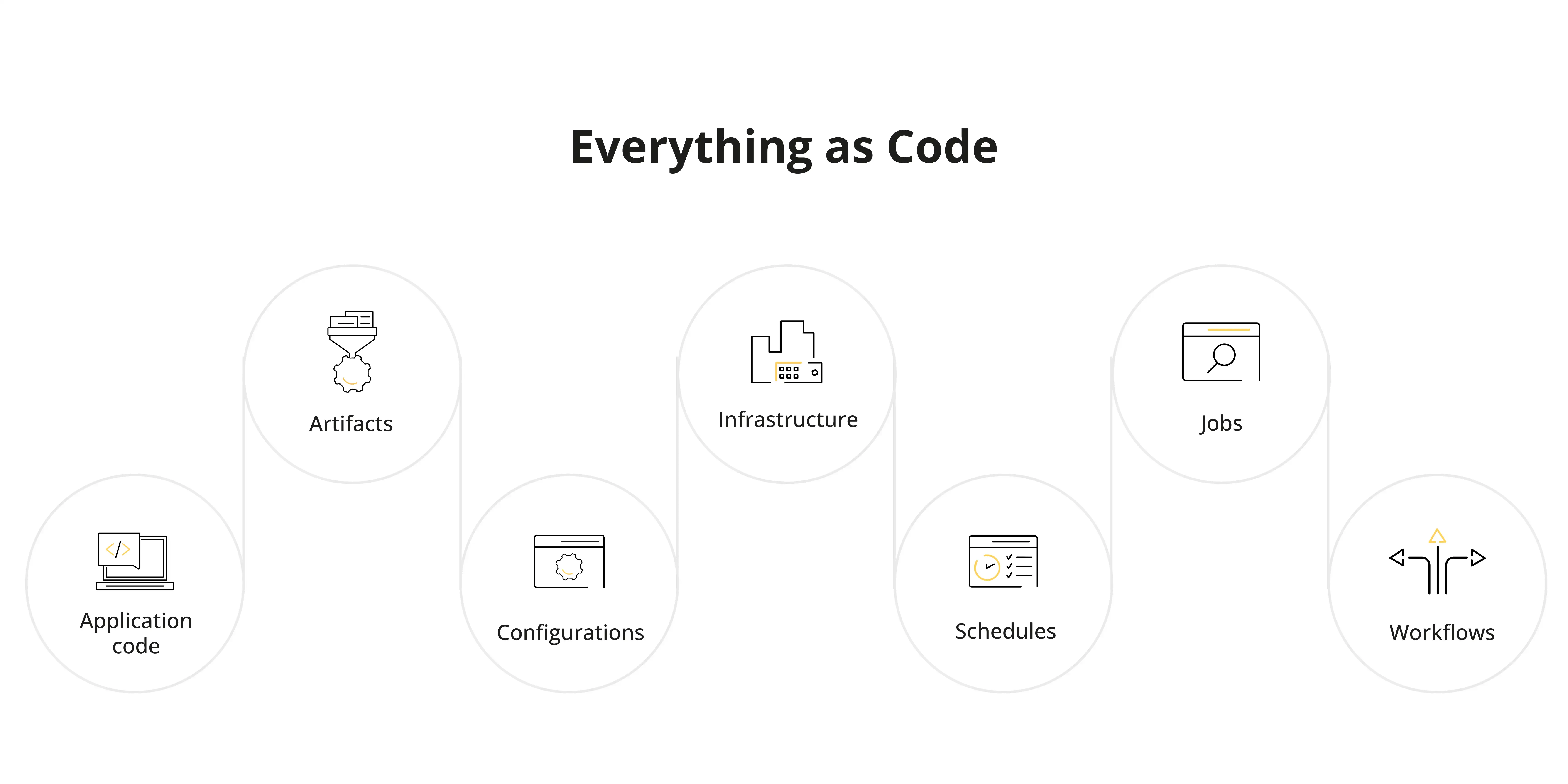 Pic. 3: The Everything as Code (EaC) approach involves managing and defining all infrastructure elements, configurations, applications and processes with code. This allows you to automate, version and control changes to every aspect of your project, to achieve higher consistency, predictability and reproducibility of environments.
Pic. 3: The Everything as Code (EaC) approach involves managing and defining all infrastructure elements, configurations, applications and processes with code. This allows you to automate, version and control changes to every aspect of your project, to achieve higher consistency, predictability and reproducibility of environments.
A network as a basic element of the infrastructure can also be described in code (Network as Code). In addition to configuring network components in dedicated repositories, you may want to use Azure DevOps to store code that describes network rules defining access to network infrastructure segments. Any change in a specific area can have its own dedicated process to support organizational standards and enforce the collection of consents for implementation or automatic verification of settings.
The Everything as Code concept can be expanded to include additional areas as long as they can be configured with scripts or other tools. This practice enables deep process automation in organizations.
Automation
Use Azure DevOps also to standardize building, testing, and deploying processes through automation. You can use built-in tools, alternative extensions created by the Azure community, or custom scripts written in languages such as PowerShell or Bash.
If, for some reason, you prefer to have more control over the process, a good way to verify and evaluate the effects of automation is to designate individuals responsible for accepting or rejecting its subsequent steps. It may also be helpful to build automation in order to verify quality using tools integrated into implementation processes; it can, for example, reject code that does not meet pre-set requirements.
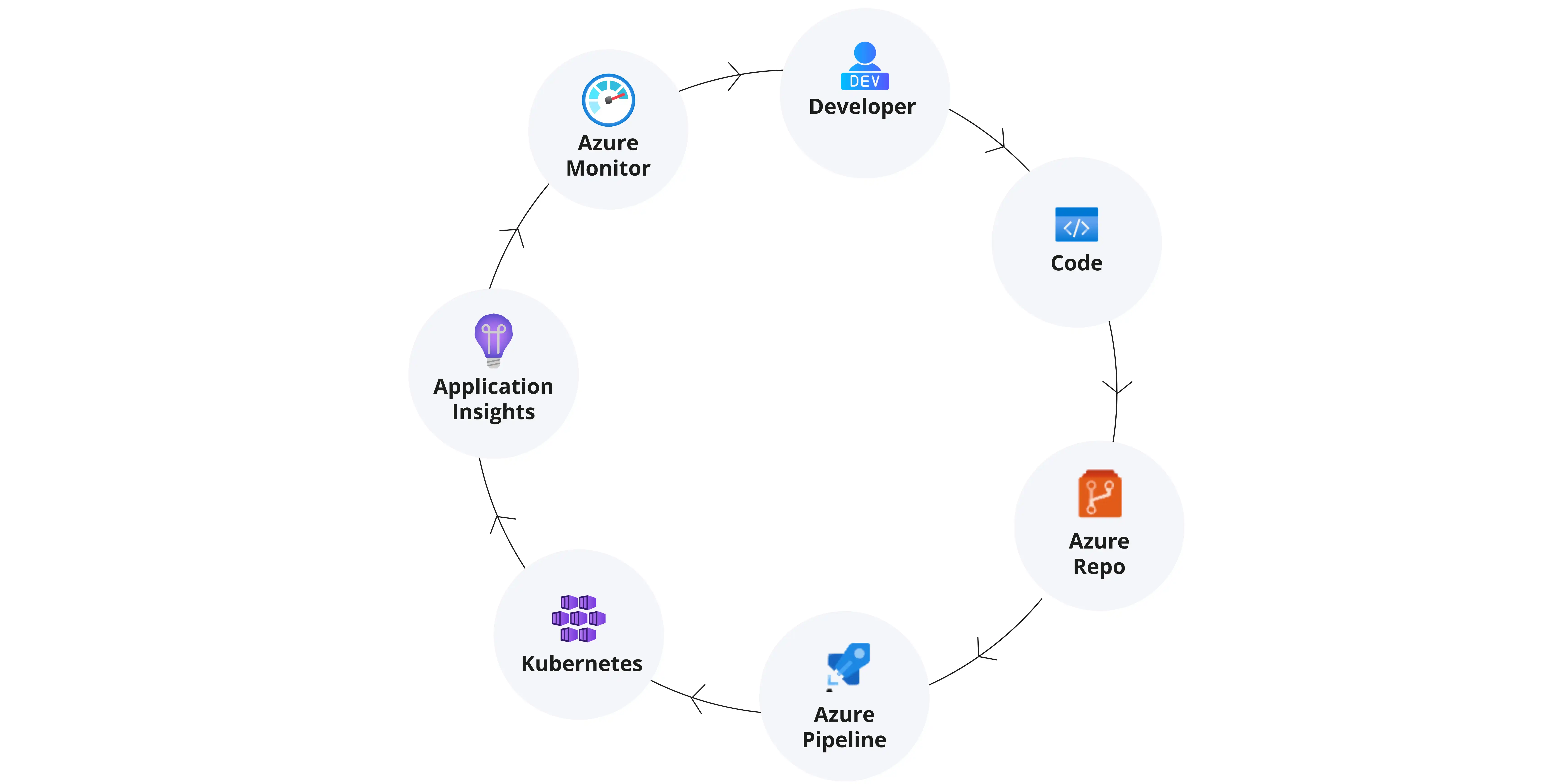
Pic. 4: Example of a process managed in Azure DevOps using Microsoft Azure services
Every process that has been automated leaves a trail of logs. This is particularly useful when identifying the correlation of events when problems arise. Logging lets you easily detect the cause of issues, and the use of versioning allows you to quickly restore settings to their previous version.
Automation in Azure DevOps warrants the repeatability of operations and their scalability by running parallel pipelines without involving the engineering team.
Security
Process automation and its proper planning are ways to maintain control over the quality and security level of the solutions that you implement. By integrating additional tools (such as SonarQube or Fortify) during operations you can detect threats resulting from poor code quality and poor practices. Other tools are used for vulnerability scanning (e.g., WhiteSource and Snyk) and dynamic application testing (e.g., DAST). They allow you to identify potential risks even before deployment.
In addition, every element of the project can be subjected to relevant privilege control so that only authorized individuals can access information and keep privileges adequate for their role.
Summary
The use of Azure DevOps services in working on a given IT project brings many benefits. First of all, it supports its implementation at every stage, enables efficient organization of work, implementation of the Everything as Code approach, automation of processes, and ensures a high level of security. At the same time, it increases the satisfaction of the teams involved—from those defining business requirements through analysts, architects, developers, and engineers to those responsible for security. Implementing DevOps methodology on the Microsoft Azure platform allows to increase flexibility, scalability, and quality of projects, which is crucial in a dynamically changing technology environment.
